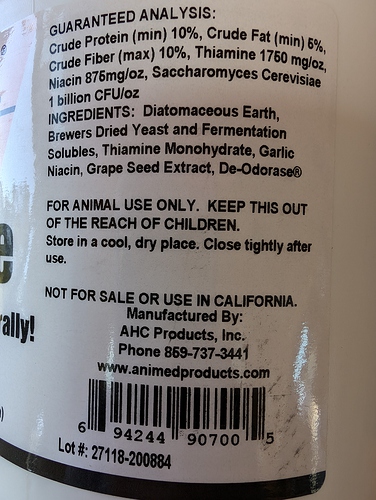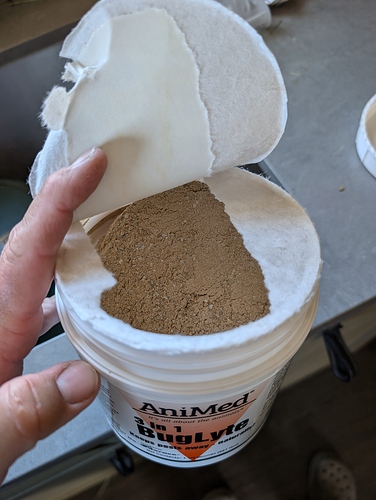DE is often used as a binder (acting as an anti-caking agent, aka desiccant), or as a source of silica though there’s never been a documented case of a silica deficiency (per the NRC)
There’s non-food grade which you wouldn’t want to ingest in the slightest, used for pools and perimeter use to control insects.
it’s not any better at fly control than it is internal parasite control. DE works to control insects by coming in contact with an insect with an exoskeleton, creating tiny little cuts, and because DE is so dry, works to dehydate the insect. That’s why it has to be reapplied when it rains, aka it’s useless when wet
Feeding DE to potentially impact fly production in manure piles therefore doesn’t work. An experiement was even done to apply DE to manure piles, and it failed as fly control that way as well, and that’s a LOT more DE potentially coming into contact with flies and their larva
Just be sure it’s not anywhere anyone can inhale any of it, including the chickens

 ).
).

